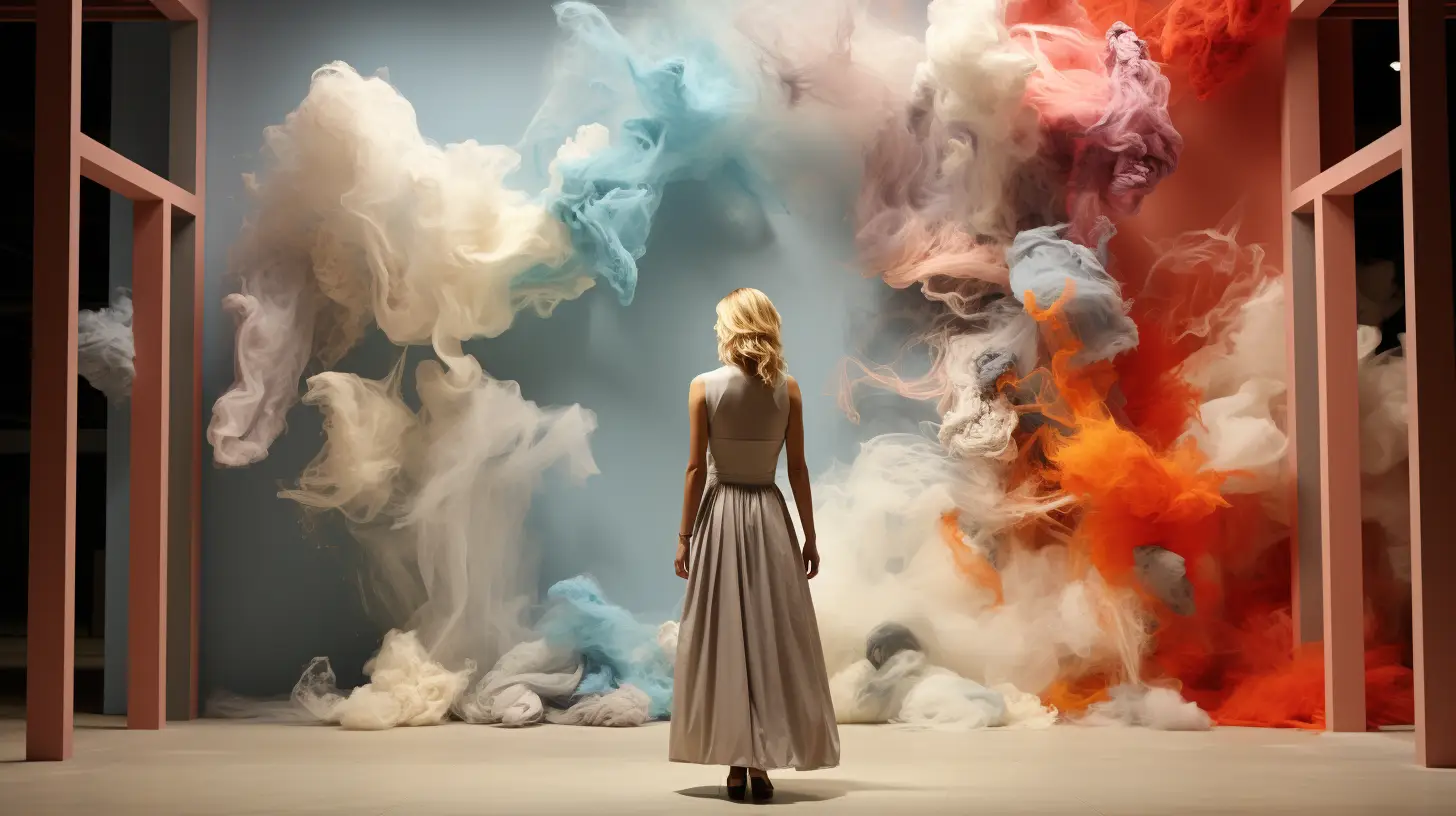
Empowering Brands: The Role of Product Designers in Success
Design isn't just what it looks like, it's how it works. Ever bought an item because it resonated with you? That's the magic of product design acting like a silent ambassador for a brand, guiding choices and emotions.
Understanding the Role of Product Designers
What's the role of a product designer beyond the obvious? They wear many hats, playing critical roles that often fly under the radar. They're not just about aesthetics, they fuse function and form. From brainstorming sessions with engineering to sipping lattes with marketing collaboration is their jam. A product designer must juggle responsibilities like a circus performer: sketching concepts, prototyping, and gathering feedback, all while keeping the user at the forefront.
Successful product designers possess tech savvy skills, but it's their creative flair and user centric mindset that set them apart. Want to build a product that people love? They approach challenges like a puzzle, figuring out how the user perceives and interacts with the design. This mindset is key, because a thoughtful process translates into better user experiences.
The Outcome of Product Design on Brand Identity
Design serves as a brand's voice. Think about it: the color of a product, the material it's made from, the way it feels in your hand each component tells a story. Visual identity boils down to these choices. Consistency is critical, after all, no one remembers brands that don't play by their own rules. If a company's tennis shoes feel like a luxury item, every subsequent product must echo that vibe.
Brands wear their values on their sleeves literally. Sustainable designs, materials, and processes can communicate a brand's commitment to the environment. If a product is made from recycled materials, it's not just a selling point, it's a story that reflects a brand's responsibility, making it more appealing to conscientious consumers.
Enhancing User Experience through Design
Usability isn't just a fancy term, it's about creating designs that feel intuitive. Ever tossed a gadget aside because it was a headache to figure out? That's usability gone wrong. Designers need to create products that just click for users. Think simplicity design shouldn't require a degree to master.
Now, let's jump into feelings. Humans are wired for emotions, and product design can trigger powerful connections. Brands need to tell a story through their products, creating an emotional bond. A coffee maker that not only brews but also engages users with delightful features can turn casual customers into die hard fans. It's those positive experiences that breed loyalty.
The Relationship Between Breakthrough and Design
Staying ahead in a competitive market requires bold moves in product design. Trends evolve, and products must keep pace. Look at brands that have disrupted industries through design think about how these companies have showcased novel approaches. When Apple introduced the iPhone, it didn't just change how we communicate it revolutionized an entire ecosystem around mobile design.
But here's the catch: failure is part of the process. Encourage teams to experiment. Companies that develop a creative culture are agile, they adapt, pivot, and iterate. A misstep in design isn't a setback, it's a chance to learn and grow.
Real World Examples of Successful Brands
Brand A is a masterclass in user experience. Their design strategy revolves around understanding the consumer journey and integrating feedback into every iteration. The measurable success? A leap in customer satisfaction and escalating sales. Who wouldn't want that?
Then there's Brand B, which capitalizes on progress and invention. They transitioned their designs mid market, and as a result, their growth skyrocketed. How did they achieve this? By breaking down design transitions and aligning them with market needs, a well thought out game plan led to impressive results.
Future Trends in Product Design
As technology continues to disrupt our lives, product designers must stay vigilant. AI is seeping into every corner of design, offering new ways to create personalized experiences. Imagine walking into a store and having products tailor themselves to your tastes. The possibilities are infinite.
Sustainability isn't a trend, it's becoming a cornerstone of design. Consumers aren't merely searching for eco friendly products they're demanding them. Brands that integrate ethical considerations into their design practices will not only win hearts but also secure their place in a responsible future.
In a world increasingly shaped by design thinking, the role of product designers will improve brand success. They're the hidden heroes, aligning products with consumer expectations and values. As we look ahead, the potential for revolutionary designs looms large, it's a thrilling time to be part of this evolving setting. What innovations await on the horizon? Only time will tell, but one thing's for certain: we're in for an exhilarating ride, and those who take up design will lead the charge.

